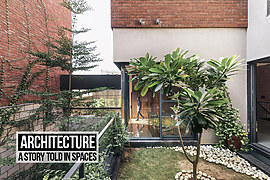“The Bamboo that bends is stronger than the oak that resists”
The “Great Wild Grass” Bamboo, has been regarded as a sacred species from time immemorial. Its very nature symbolizes growth, grace, patience, strength, flexibility, endurance, and longevity and has been woven not only physically but also Meta physically over the livelihoods of people throughout Asia.
Bamboo made its breakthrough as a building material in the Neolithic period, the moment it made a rattle as “Wattle”, in Wattle and Daub- a traditional composite building material used for making walls, in which a woven lattice of bamboo/wooden strips called wattle, is daubed with a sticky material usually made of some combination of wet soil, clay, animal dung, and straw.
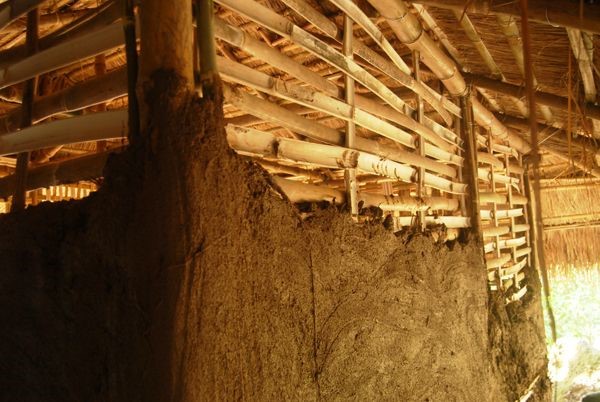
From being a key ingredient for meals, and used for making various handicrafts to the humble household artifact, Bamboo establishes its versatility and capability again and again and again. There are numerous buildings of bamboo architecture from around the world that have withstood the test of time, standing as a ‘standing’ proof to the strength and of bamboo. Its naturally hollow structure allows it to have strength factor two times stronger than solid wood and can be built to withstand winds that go faster than 170 mph.
“That which Bends shall never Break” and Bamboo stands as its testimony. We can practically do anything with it-press, mold, flatten, slice, burn, or carve according to the needs. It is extremely fast-growing compared to other timber, growing up to 3 inches per day. Though usually found in tropical regions, bamboo species can survive up to 5 degrees Fahrenheit. This gives way to various opportunities to explore and dive deep into the design abyss. It is a locally available (in abundance) material, which is sustainable, eco-friendly, and cheap making it ‘eco-nomical’.
Alas, it is the nature ‘abundant availability’ to abase the value of anything. Bamboo is no exception. There is a common misconception that degrades bamboo as a cheap material in class and painting the bamboo building with the outlook of “Poor humble abode”. It is almost always regarded as a second- or third-rate choice in terms of being the main component as a construction material. Its lost battle against fire and insects added to the reluctance of people further to find solutions to its flaws and make it a viable building material.
“Study nature, love nature, stay close to nature. It will never fail you.”-Renzo Piano, and true to these words and laws of nature “What goes around must come around” Bamboo is again making its mark in architecture with better than ever strengths, shooting up and above. With the great green-draught throughout the world and the need for sustainability spikes Bamboo is now becoming a popular material for architects working on humanitarian projects in Asia and beyond, owing to its sustainable nature, low cost, strength, and flexibility.
With the compression strength of concrete and tensile strength of Steel, Bamboo is a Miracle material, with insect being its Kryptonite. These are simple flaws with even simpler solutions. With efficacious insect-resistant treatment, Hardy, founder of Ibuku- an architecture practice exploring groundbreaking ways of using bamboo to build homes, hotels, schools, and event spaces in Bali, Indonesia, argues that bamboo is the ideal building material. She explained that it is earth-quake resistant and light enough to be easily transportable. “It’s hollow, so it can be carried by a small team of men, or apparently one woman,” she said smiling, as she flashed an image of a woman carrying poles in a construction site in her TED talk. Ibuku is one of the architecture practices to push all the limits and truly unleash the potential of this magic material. They make 3d miniature models using bamboo and the structure is built not relying on cutting edge Technology but just cutting the edge of bamboo with heart and soul. This firm believes firmly that one material can make all the difference and Bamboo can be the one.
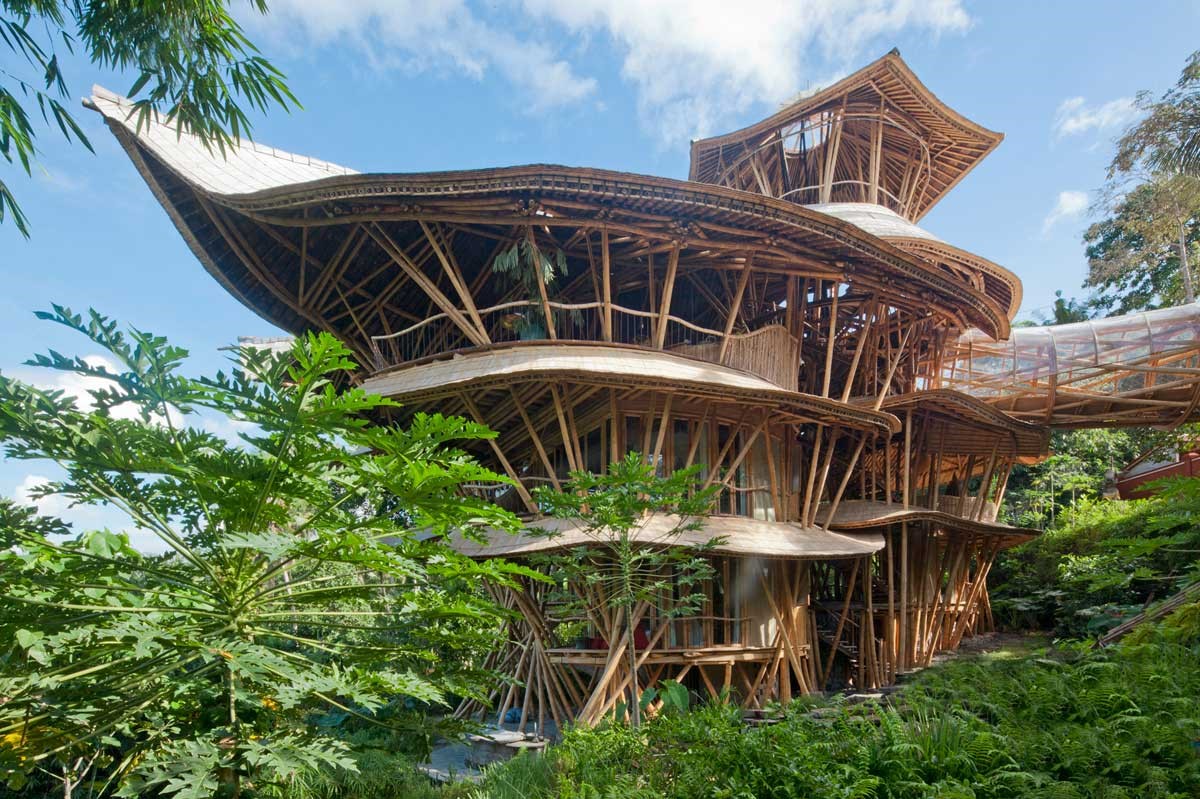
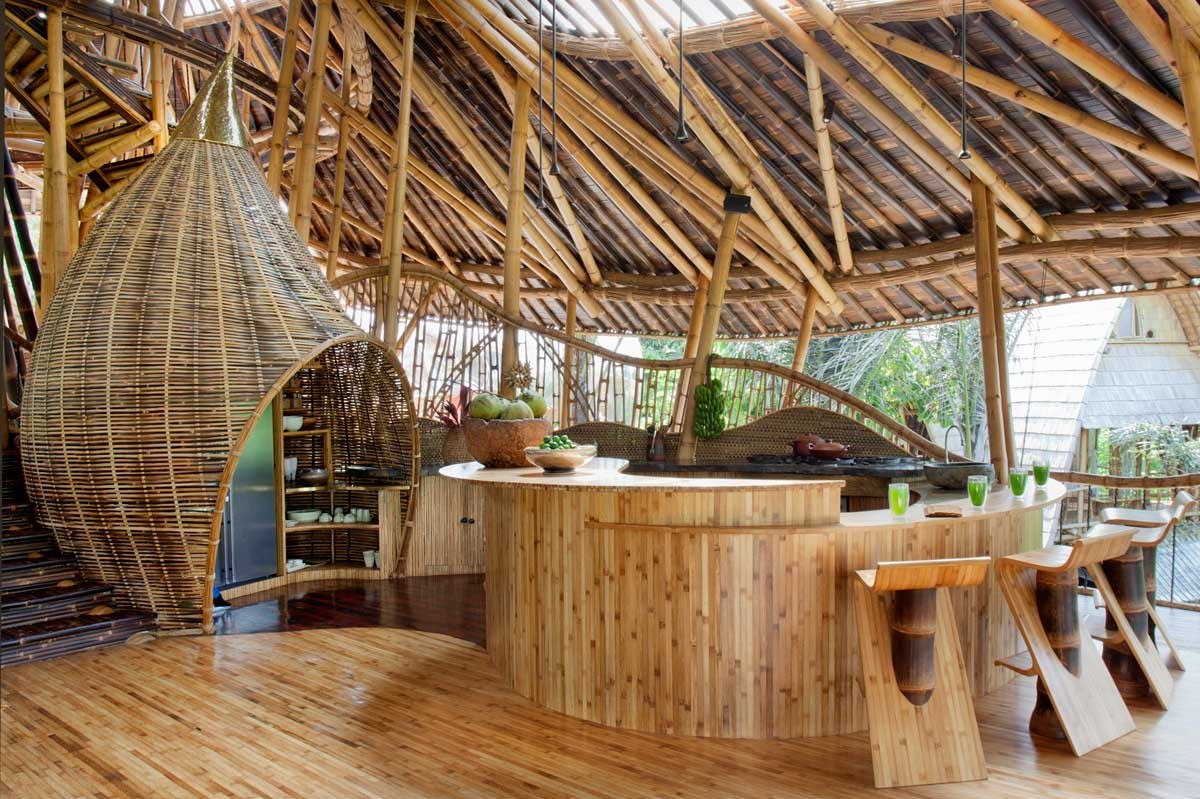
Bamboo strands release up to 35% more oxygen than equivalent strands of trees and can sequester up to 12 tons of carbon dioxide from the air per hectare. It can lower light intensity and protect against the UV rays and is a pioneering plant that can be grown in soil which is even damaged by overgrazing and poor agricultural techniques. Bamboo’s tensile strength is 28,000 pounds per square inch versus 23,000 pounds per square inch for steel. Bamboo can be harvested in 3-5 years versus 10-20 years for most softwoods. It takes even a novice to recognize the potential of bamboo and no wonder architectural practices throughout the world have started embracing it.
In India, practices like “Manasaram Architects” strive to fight against climate change by promoting the use of naturally abundant, easily renewable, low energy, local materials. Their research and development in using Bamboo as a viable building material is ground as well as stereotype breaking.
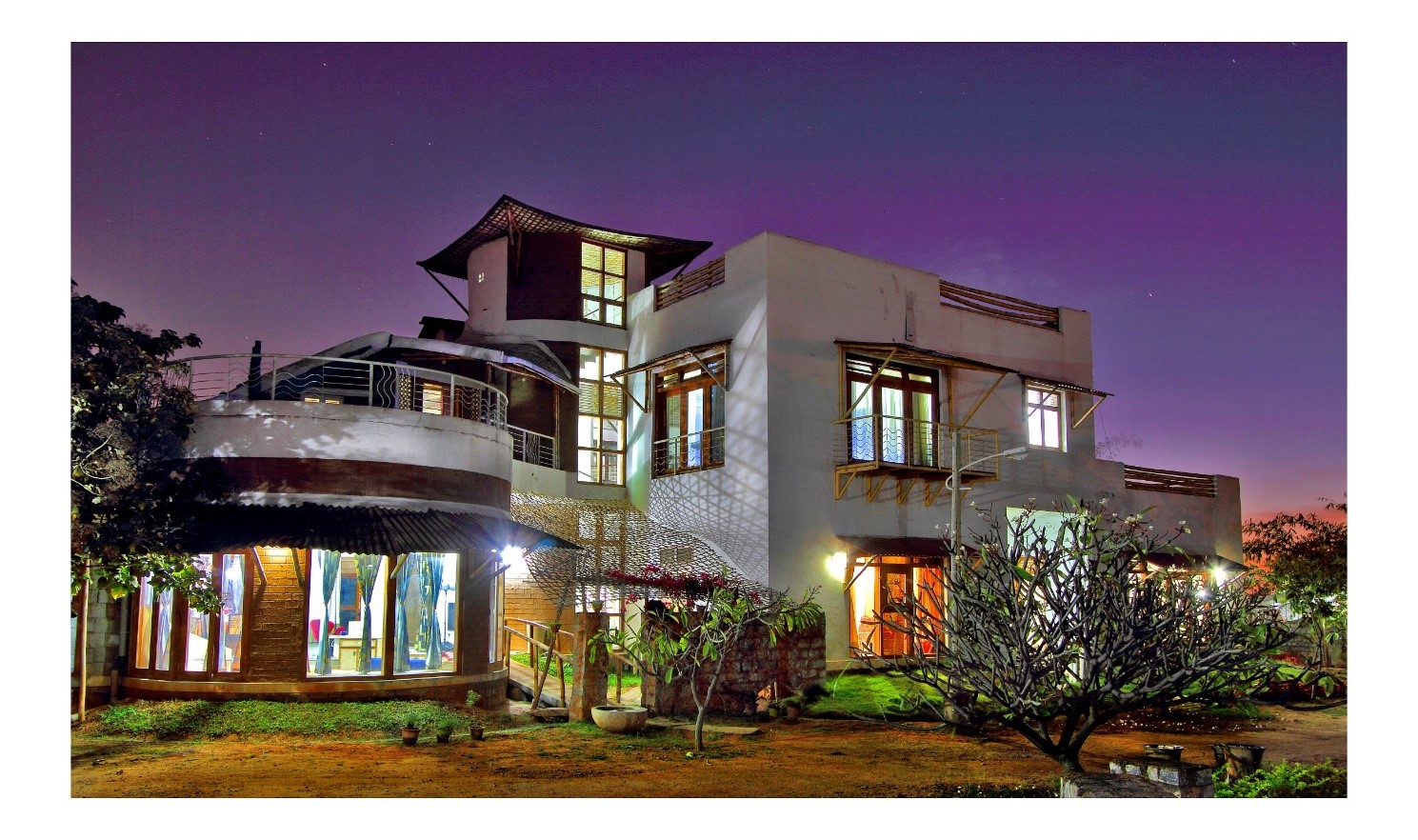
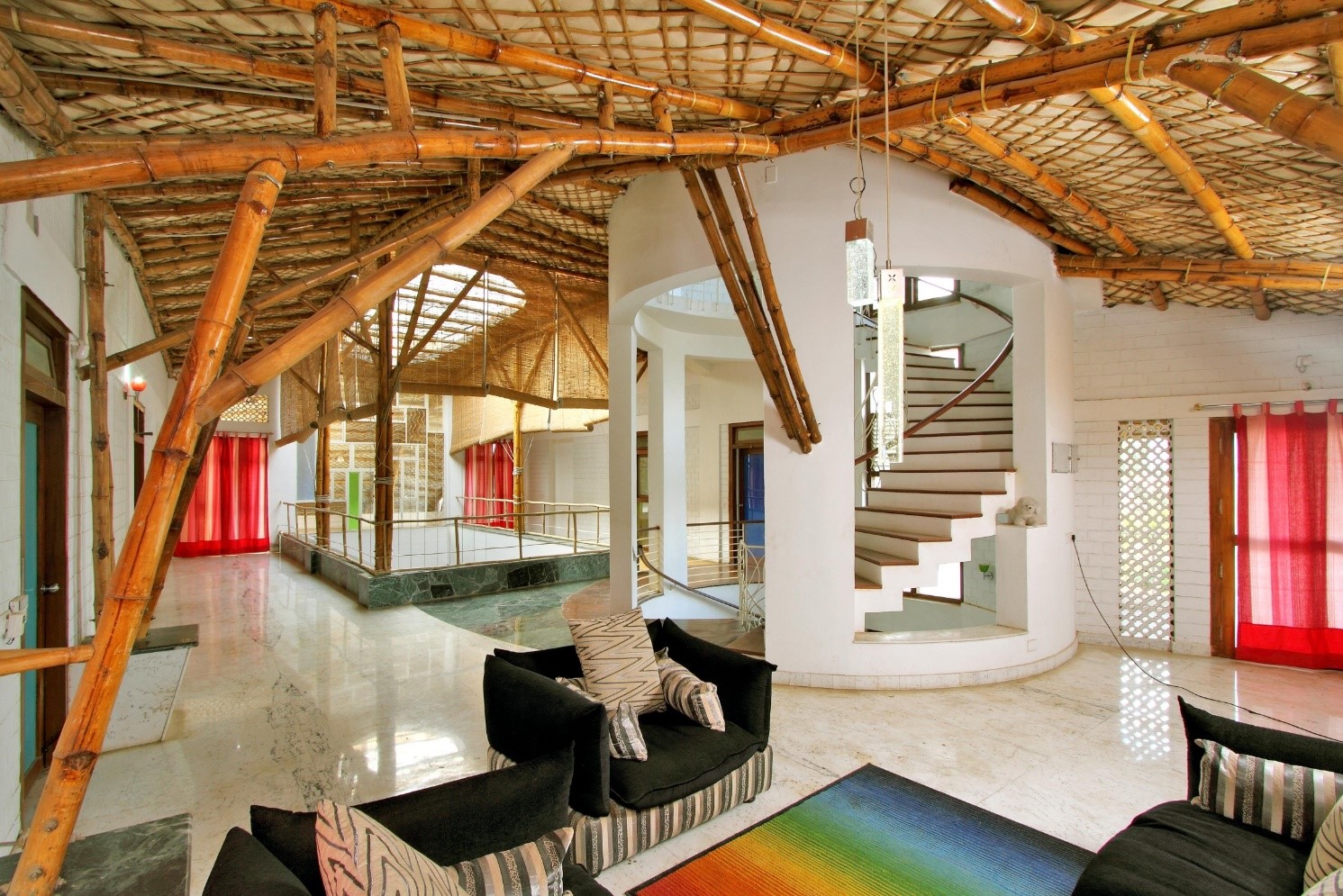
It is no secret that Bamboo is build-worthy material, but there are still a lot of distances that need to be bridged with bamboo (Pun intended). There is a lack of policies and standards to use this material to its fullest and act as a guide to the architects and building venturing anew into its world. Availability and affordability must be standardized and skill development must be promoted raising awareness and educating the ignorant. It is going to be a hard climb but the view will definitely be spectacular.
In the era of “Repair not Replace” let us all strive together and Bend It Like BAMBOO.

Akshaya Murali an architect thriving to share her stories and thoughts, one article at a time.













